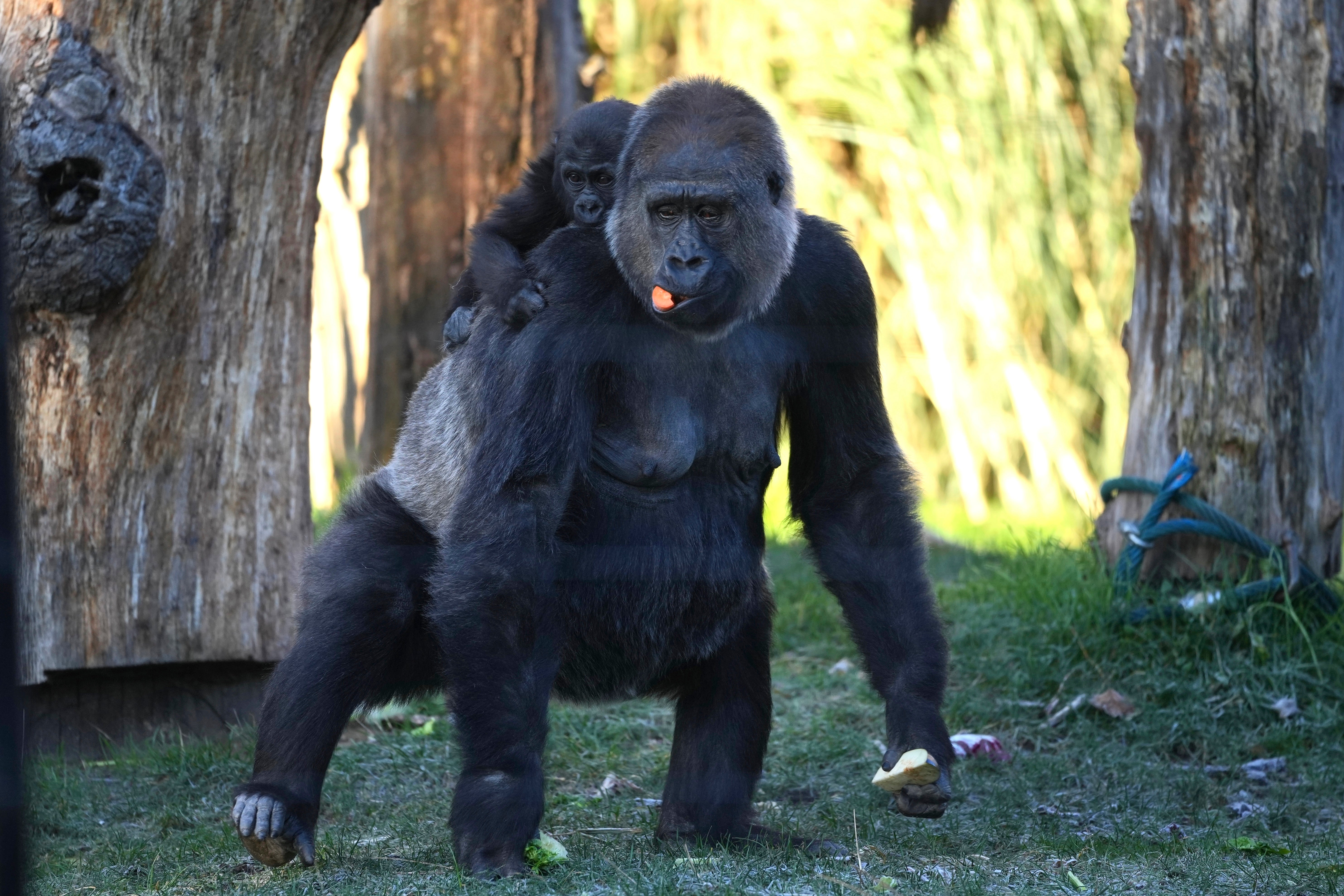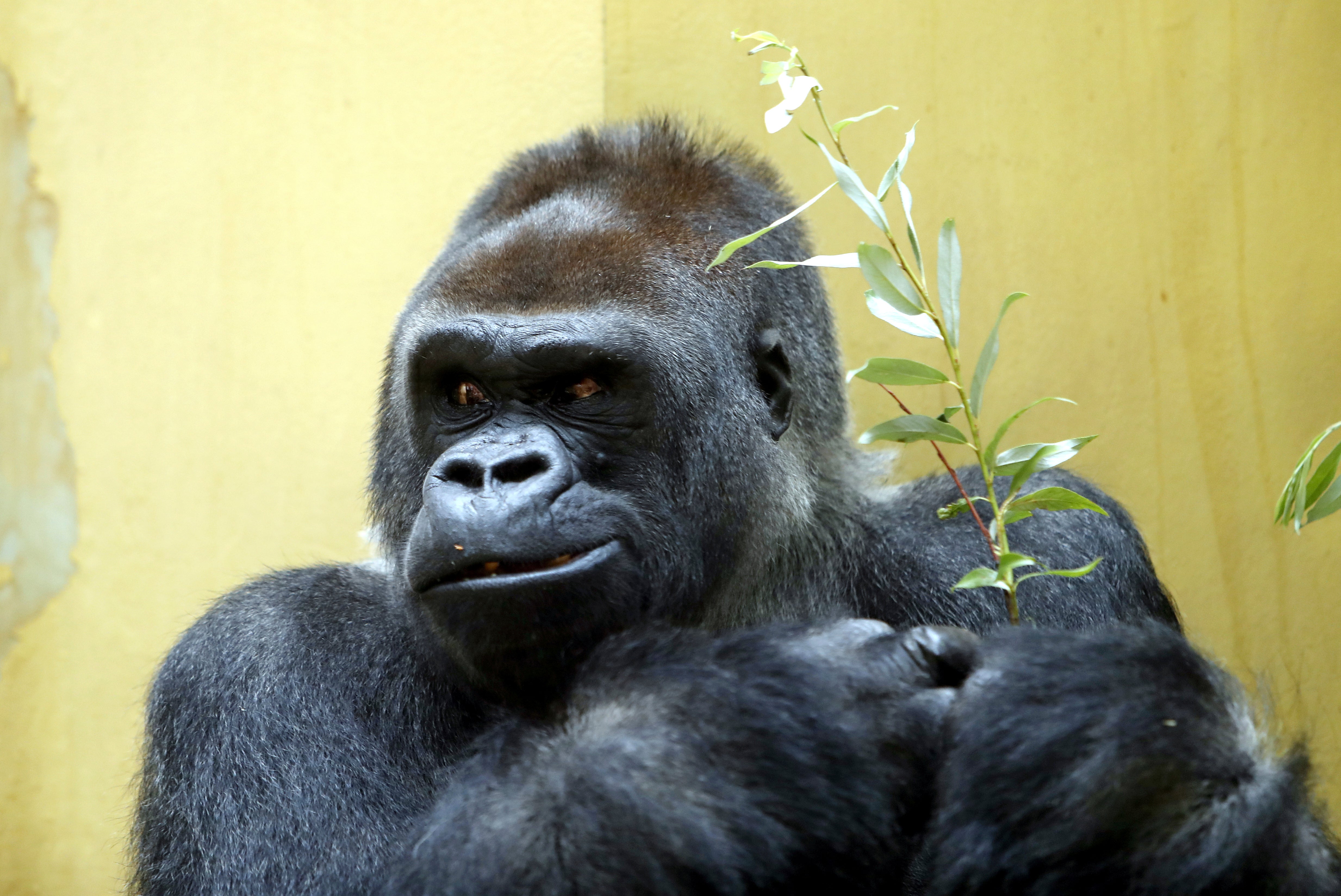ARTICLE AD BOX
The internet’s latest and absurd obsession is: who would win in a no-rules fight between 100 average human men and one adult male gorilla?
This hypothetical and strange question has taken over Reddit, TikTok, YouTube and Instagram. Some argue that humans once hunted mammoths so, clearly, we would win. Others point out that a silverback gorilla can lift close to 1,000kg and could throw a grown man like a rag doll.
To be honest, it’s not really a question that we need to answer and yet, as usual on the internet, everyone has an opinion.
But, beyond the jokes and memes, this silly debate provides an opportunity to reflect on human evolution.
What are the real strengths of our species? What have we sacrificed? And what can a gorilla, our majestic, powerful and endangered distant cousin, teach us about our own nature and evolution?

Gorillas and humans: two branches of the same evolutionary tree
Gorillas are one of our closest living relatives. Along with chimpanzees, bonobos, and orangutans, they belong to the great apes or Hominidae family. Chimpanzees share about 98.8 per cent of their DNA with us, while gorillas come in close second, sharing around 98.4 per cent.
The last common ancestor between humans and gorillas lived roughly 10 million years ago, and it is also the same ancestor for chimpanzees.
Since the evolutionary split, humans and gorillas have followed very different paths. Gorillas have adapted to dense forests and mountainous terrains, while humans have evolved to live in the open, but realistically to multiple and various environments.
Despite the substantial difference in ecological niches, humans and gorillas share many traits, such as opposable thumbs, facial expressions, complex social behaviours and emotional intelligence.

Mastering forest power
In the recent Dune saga, to win, Duke Leto Atreides wanted to develop “desert power”. Well, gorillas have mastered forest power.
And let’s be clear – in terms of raw power, the gorilla wins every time. An adult male silverback can weigh over 160kg and lift about a ton without going to the gym every day. Their upper-body strength is shocking. And that’s no evolutionary accident – it’s the result of intense competition between males, where dominance determines mating.
Additionally, gorillas are extremely tough and resilient, yet gentle and calm most of the time. Gorillas, like many primates, have a strong social intelligence. They use a variety of vocalisations, gestures, and even chest drumming to communicate across distances.
They have shown the ability to use sign language, mourn their dead, and demonstrate empathy, attesting to sophisticated cognitive skills.
Trading muscles for minds
A fight between 100 men and one gorilla might lead to a lot of dead men, but we all know that men will come with weapons, strategies, drones, fire and other clever tricks.
Humans are not physically strong in comparison to many other mammals. Our strength as a species is our adaptability and our ability to collaborate in very large groups.
Our brains are, on average, three times larger proportionally than those of gorillas. This fantastic evolutionary adaptation has allowed us to develop abstract thinking and symbolic language, but most of all, to pass and build upon complex knowledge across generations.
And this is our greatest superpower, our ability to cooperate across vast groups, far beyond the average gorilla social unit, which usually ranges from a few family members up to a group of 30 individuals.
Humans’ evolutionary history has led to trading brute force for social, cultural, and technological complexity, making us Earth’s most versatile and dangerous species.

So, who’s the winner?
In a one-on-one brawl, the gorilla can make “human-mash” with one hand. There is no contest when discussing brute force and bare hands.
But humans fight dirty. Judging by our evolutionary success, humans would likely lose many battles but ultimately win the fight. Mountain gorillas were not on the brink of extinction in the 1980s without our help.
Our species has spread across all continents, all terrains, and all climates. We have reshaped ecosystems, walked on the Moon, and developed advanced technologies. But gorillas are another kind of success rooted in harmony with their environment, physical grace, and quiet strength.
Perhaps the real takeaway message isn’t who wins in a fight, but to realise that two very different and yet very close cousins have walked two separate evolutionary roads, in their very own and distinct way. And both are nature’s triumph and accomplishment.
Renaud Joannes-Boyau is a Professor in Geochronology and Geochemistry at Southern Cross University
This article was originally published by The Conversation and is republished under a Creative Commons licence. Read the original article









 English (US) ·
English (US) ·